Active Science Experiments Posts


How To: Create a plankton science model
In this tutorial, we learn how to create a plankton science model. You will first need a clear bucket with water, modeling clay, toothpicks, sponge, beads, buttons, pipe cleaners, Styrofoam peanuts, and more. To make the plankton, you will first take the peanut and stick a toothpick into it. Then, add a paperclip on top of that to give it some weight. Drop it into the water and see if it floats or sinks. Add some more weight to it to see how much weight it takes to sink it to the bottom. Have...
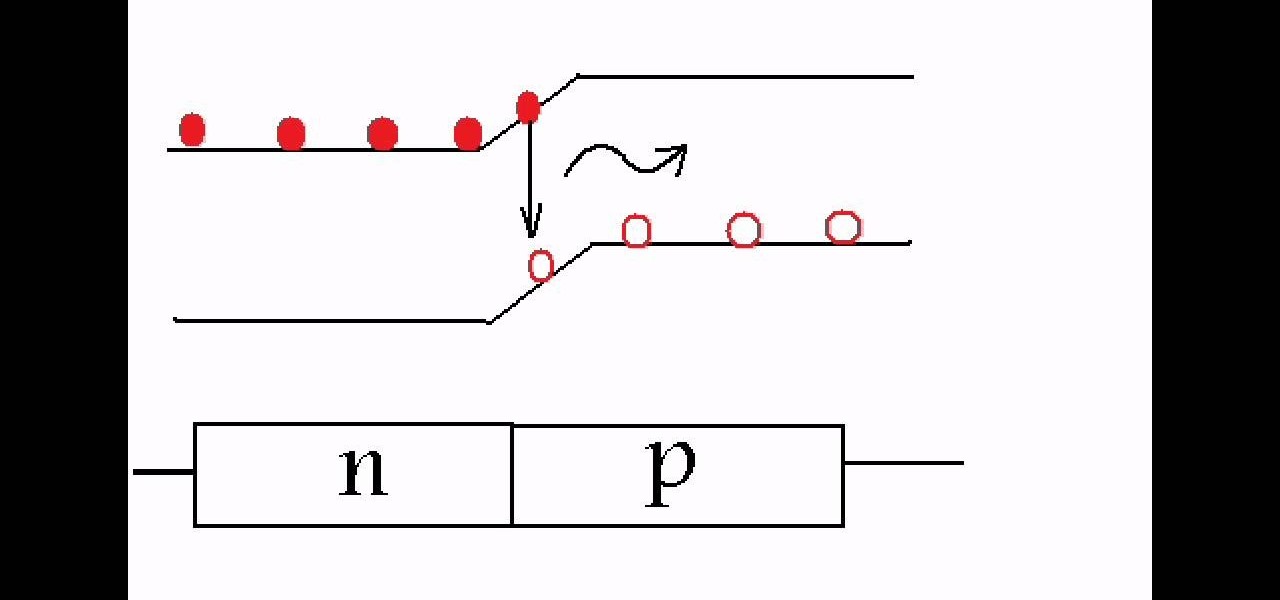
How To: Make electroluminescent (EL) ink at home by re-doping glow powder
Just about any electroluminescent substance is cool but rather expensive if you buy it at the shops. If you need some cheap EL ink, watch this video to learn how to make blue EL powder out of cheap, easy-to-make ZnS green glow powder.

News: Iron Man Played with 1,000,000 Volts of Electricity
Iron Man. What could be a more fitting song for 1,000,000 volts of electricity? It's the perfect Vegas act, so it's shocking to hear that ArcAttack is yet unsigned. With their high-tech, custom-made music equipment, homemade chain mail suits and... LIGHTNING!... they put on one electrifying performance!
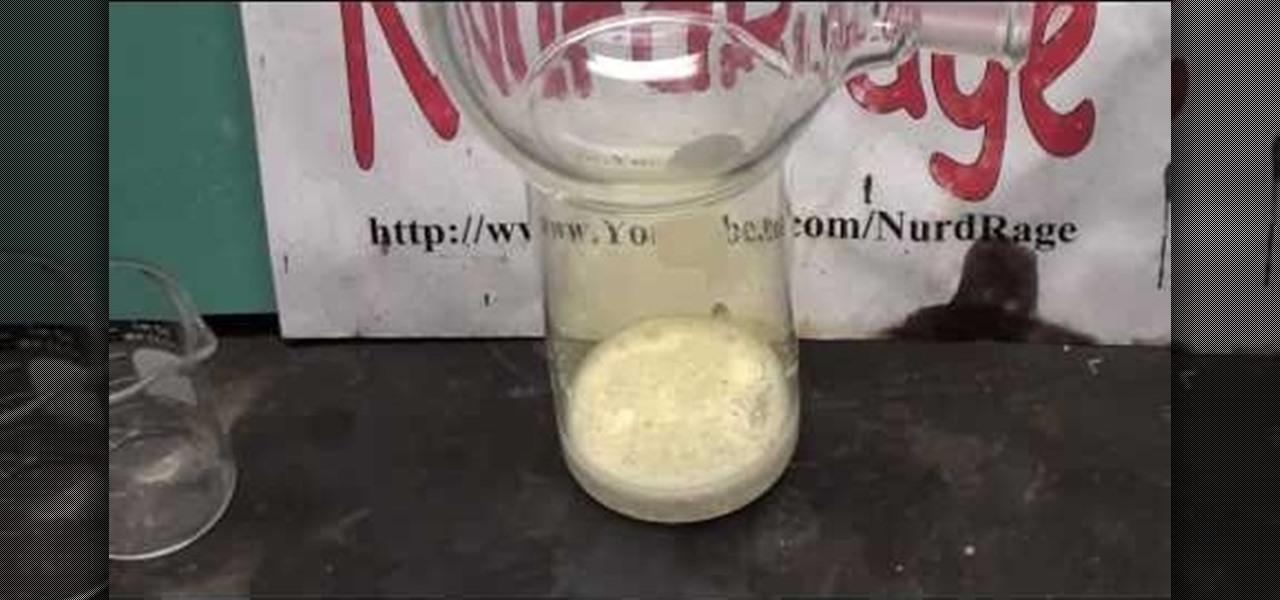
How To: Make chlorine gas with pool chlorine and hydrochloric acid
Chlorine gas is a very useful oxidant, which was first introduced as a toxic weapon by the German Army. Even today, it's still used as a weapon, most recently in the Iraq War by insurgents. But chlorine gas has more useful (and less lethal) applications, and if you want to learn how to make some at home, NurdRage has the answers.
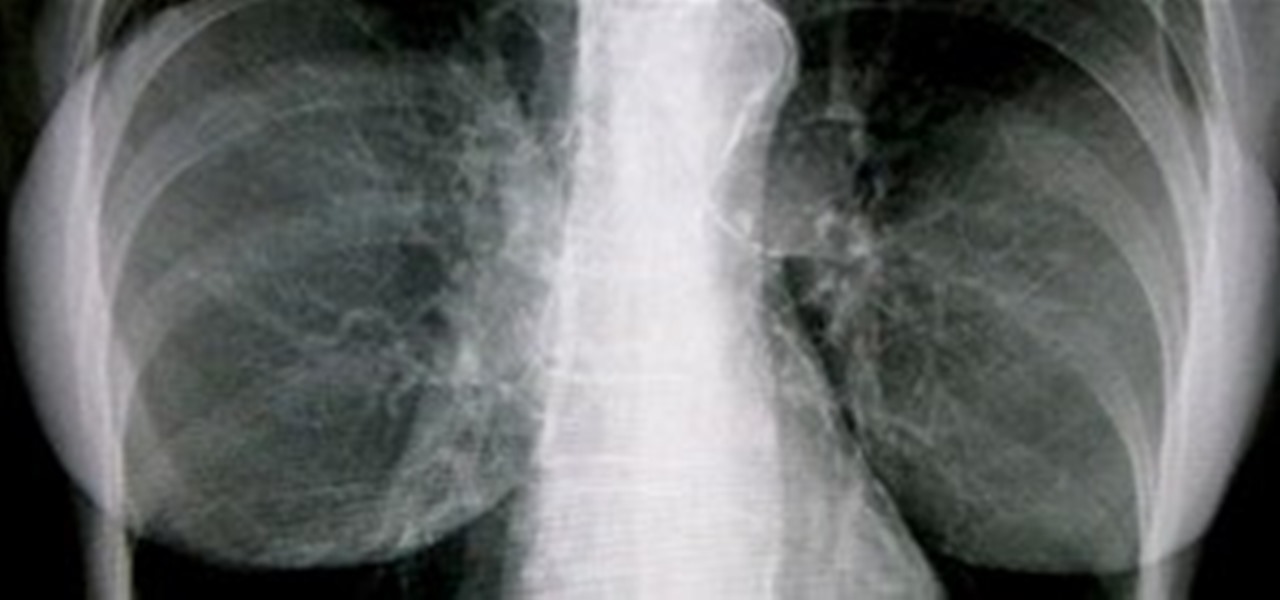
News: Stem Cell Research to Grow Bigger Boobs
A recent Japanese study proposes a simpler, softer, more natural-feeling alternative to silicone breast implants: fat-derived stem cells. The cells are extracted from liposuctioned fat, and then injected into the patient to increase breast circumference. San Diego-based biotech company Cytori Therapeutics is currently waiting on FDA approval to start clinical trials.

How To: Make an amazing floating static orb
Learn how to make this spooky, amazing floating static orb. This is so simple, and so cool. It uses static electricity to make a tinsel orb levitate above a PVC pipe. We've gotten the orb to float for over 10 minutes. We just discovered you can use a regular balloon instead of the PVC pipe, but we like the pipe best. Watch the video, and then make your own!
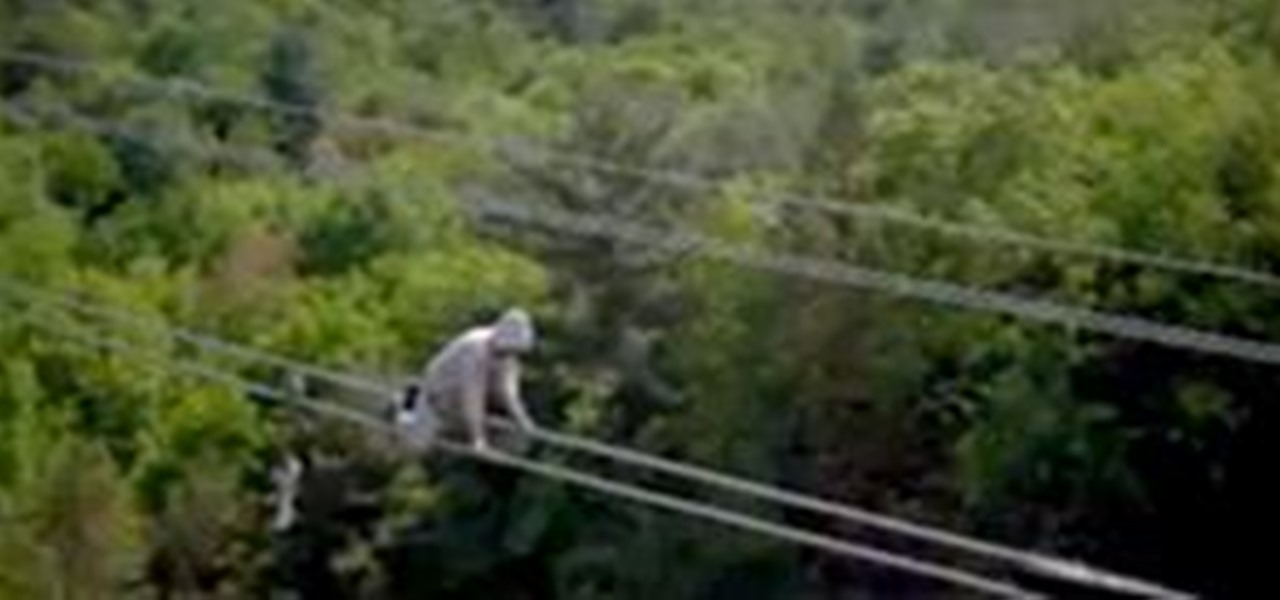
News: Man Walks On Half a Million Volts of Electricity
Michael Faraday was an English chemist and physicist - a bona fide electromagnetism and electrochemistry genius. Without him, men couldn't walk on live electrical wires. Wait, what?

How To: Take an acid and base to make salt
In this tutorial we learn how to take an acid and base to make salt. To start, you will first need to take an acid of your choice, this can be something like vinegar. After this, you will combine the acid with a base and then wait for it to react. Once it starts to react, gases will release from them and you will end up with some salt! Be sure to put a cap on the container while the reaction is happening. This will allow the reactions to come together and the gases to react. Have fun and do t...
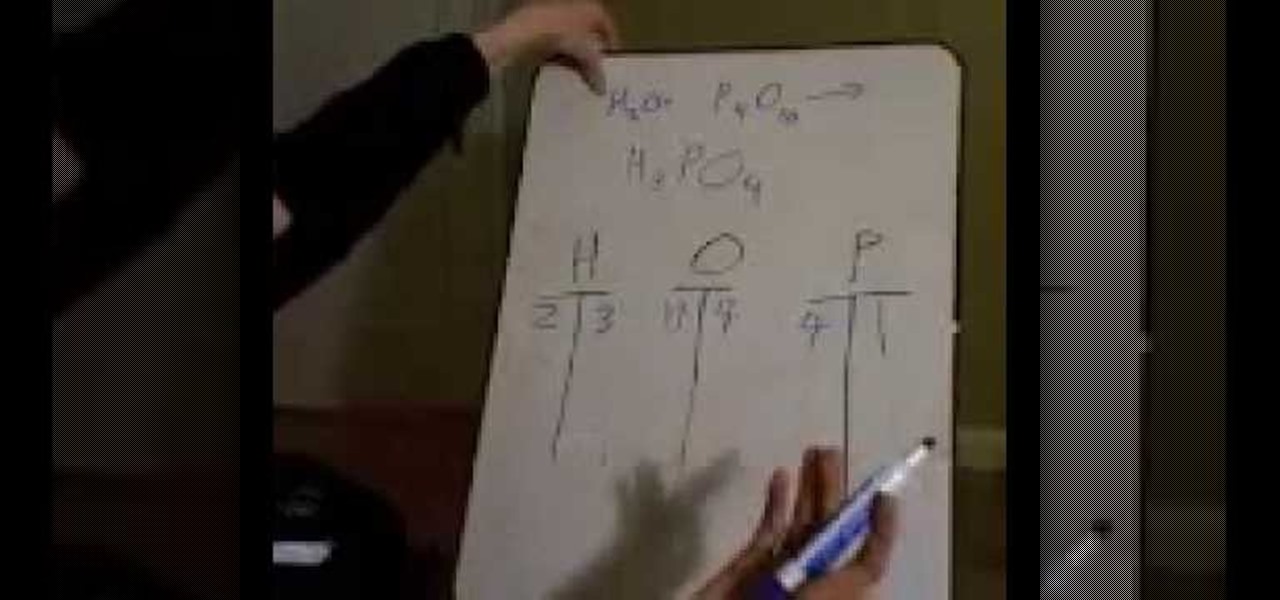
How To: Balance chemical equations using a simple method
In this video, we learn how to balance chemical equations using a simple method. Start out by writing your two chemicals next to each other. After this, you will need to write out how much of each atom each of the chemicals has. Now you will have a better idea of how you need to balance out each of the different equations. Make a chart of all the elements that are involved, then you can solve it. Use simple addition to add together the atoms of each and then write out the correct answer in th...

How To: Fireproof a balloon
In this tutorial, we learn how to fireproof a balloon. Usually, if you bring fire to a balloon it will pop, but there's a way to avoid this! First, get your balloon and place it around the nozzle of your sink. Then, fill it up with water until you have a decent amount of water. Now, blow some air into the balloon and tie at the end. From here, put your balloon to the test! Place a lighter underneath the balloon to see how it reacts. It should not pop like it did before. The water will absorb ...
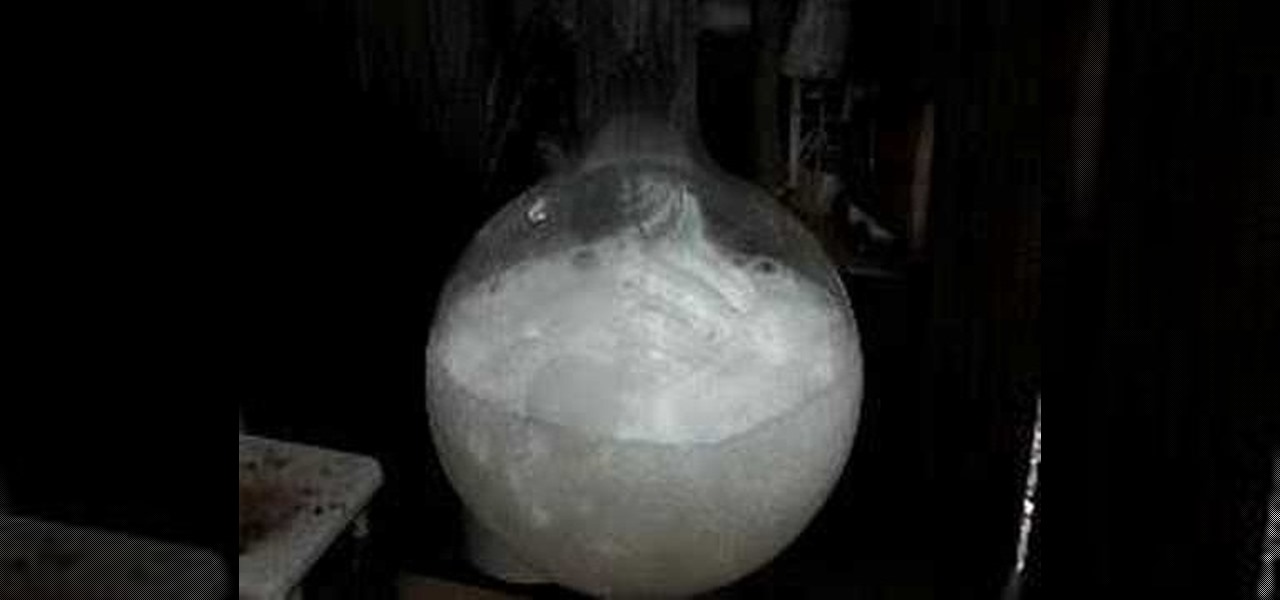
How To: Make hydrochloric acid from salt
In this tutorial, we learn how to make hydrochloric acid from salt. First, you will pour some salt into a distil flask. After this, you will add in some concentrated sulfuric acid to the salt. Next, you will let these react with each other. You will start to see gasses bubble up and the excess hydrogen chloride gas come out through the top of the tube. To create a stronger reaction, you can add heat underneath the reaction. Then, test this by exposing it to ammonium chloride. If it's the righ...

How To: Build a wave machine out of household items
In this tutorial, we learn how to build a wave machine out of household items. You will need: 20 straws, 40 paper clips, 2 pieces of tape, and 1 washer to make this. First, you will need to pull out a long string of tape and lay it down with the sticky side up. After this, you will need to stick the straws on top of the tape in a row all going next to each other. Do this from the top to the bottom until all of the straws are stuck on. Then, stick the washer to the top and you are finished wit...
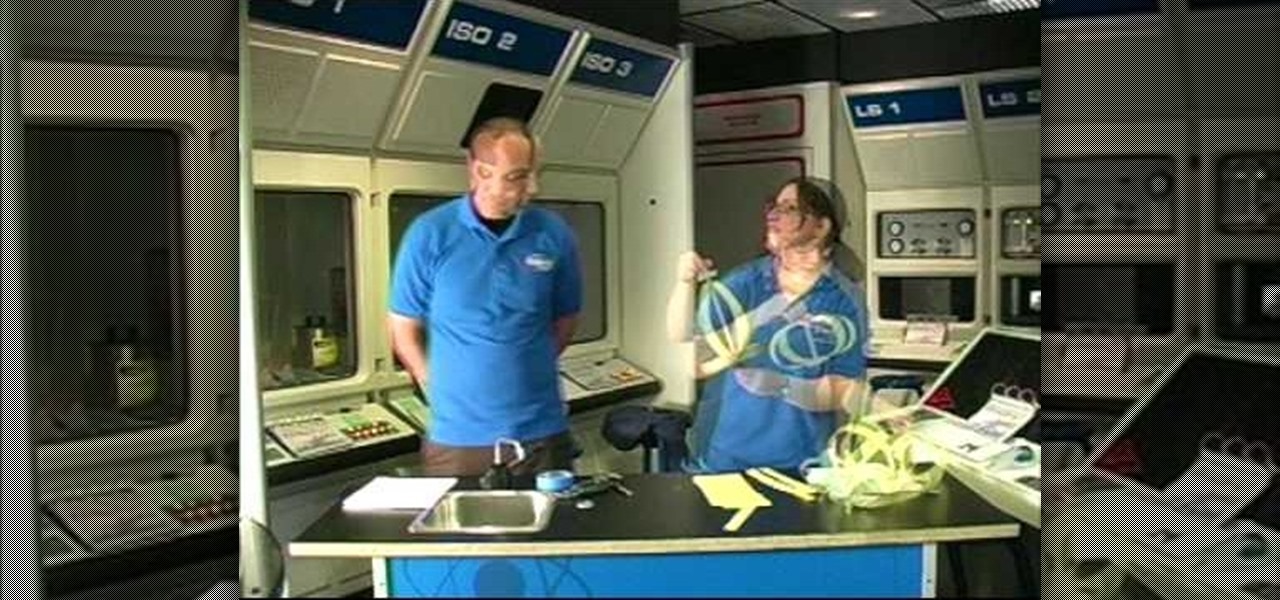
How To: Study planetary bulge with a science experiment
It is a well known fact that due to the rotation of the Earth about its own axis has a bulging effect on the equator and a slight flattening effect at the poles. This experiment tries the reproduce the same effect using simple materials.
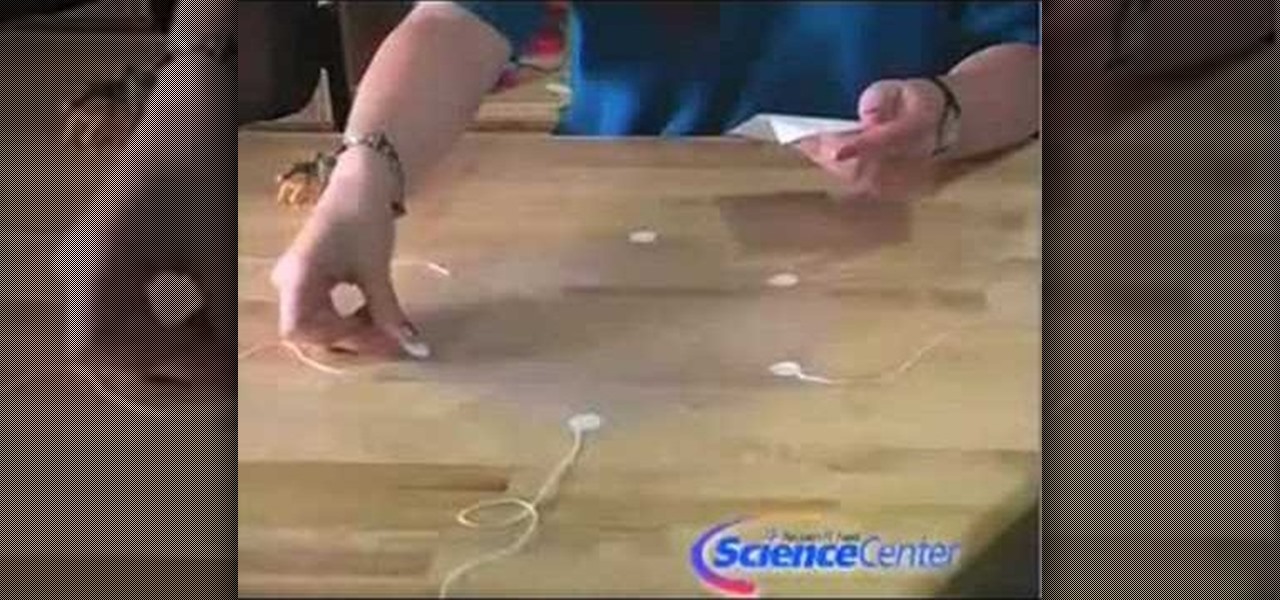
How To: Build parachutes with household materials
In this video, we learn how to build parachutes with household materials. You will need: a long string, Mylar, mesh, plastic, scissors, tape, and a weight. To get started, you will first cut your plastic or mesh into a circle or octagon shape. Then, take your string and cut it into several pieces. Then, tape the strings onto your material all around. After this, tie your weight to the strings so it's fully secured. Now, go to somewhere high and throw down your item! The parachute will help ke...
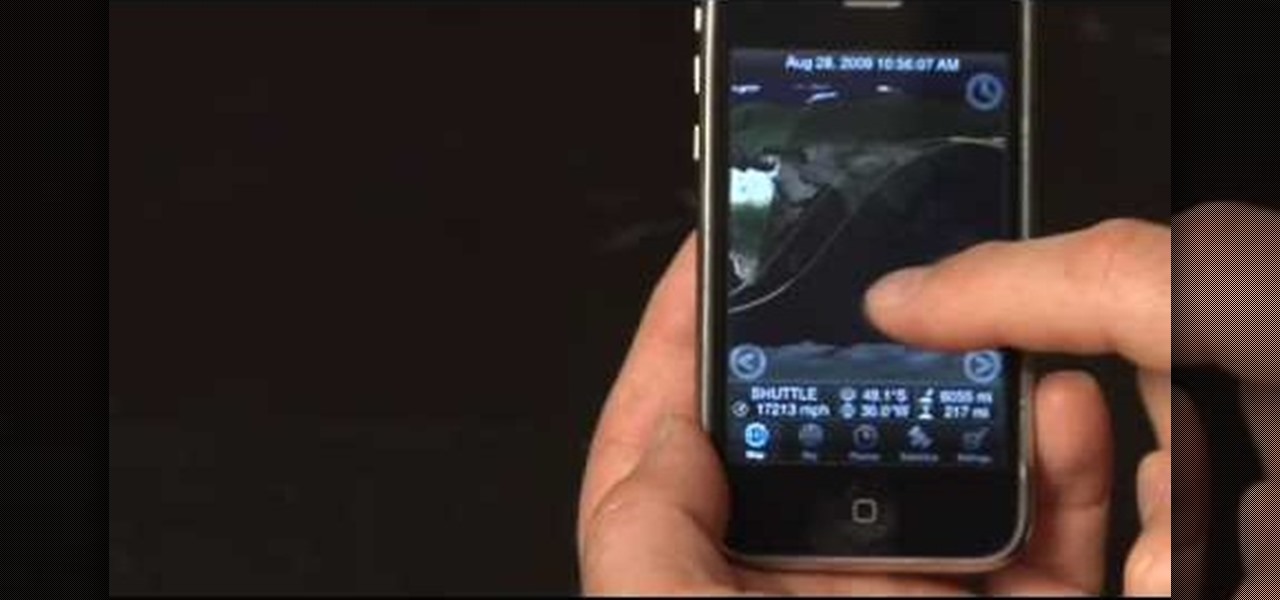
How To: Star gaze with your kids
In this video, Daddy Troy teaches us how to star gaze with your kids. This can get your kids interested in space and teach them a thing or two, while still having a good time. First, Google offers a service called Google Earth, which will show your child the entire earth, moon, and mars. Kids can use these programs just like a video game. They can see real pictures as well as their own home or grandma's home. This is free and a lot of fun! Next, you can see satellites with your naked eye in t...
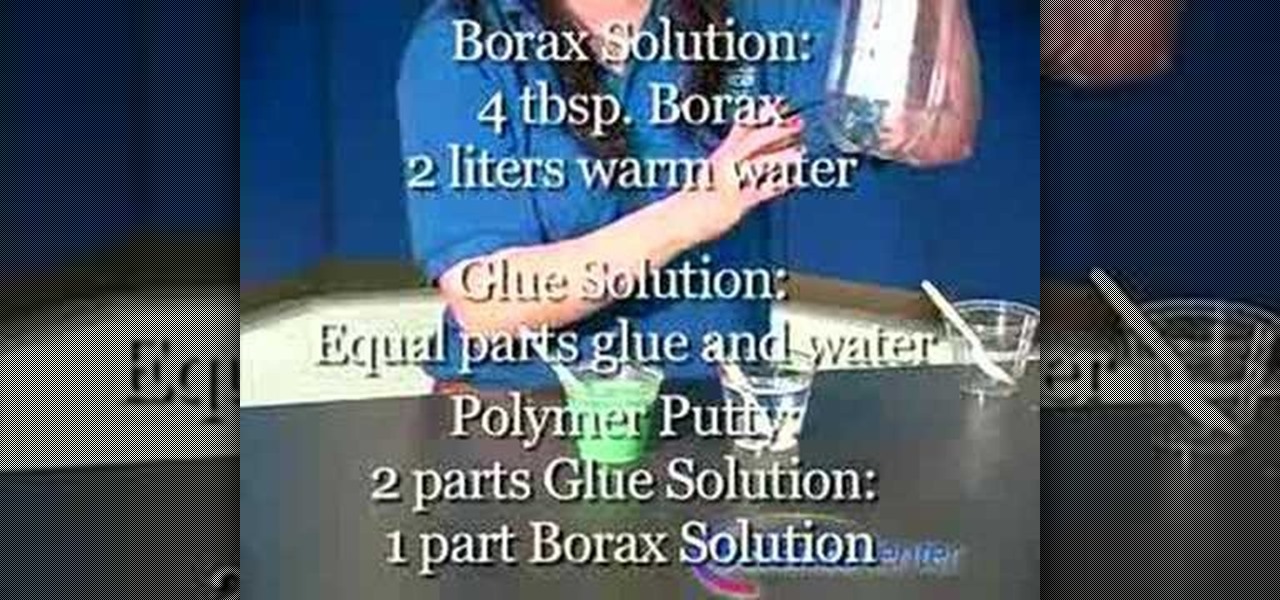
How To: Make polymer putty with household materials
In this tutorial, we learn how to make polymer putty with household materials. You will need: borax, white glue, water, 3 plastic cups and spoons, and food coloring to color your putty. Now, dissolve 4 tbsp of Borax in 2 liters of warm water. Then, prepare equal parts of glue and water together. To make this, you will need 2 parts of the glue solution to 1 part of the Borax solution. Once you mix these together, you can add in some food coloring to it. Pour this into different cups to make di...

News: The Magical Cube Illusion. Wait For It, Wait For It...
And the magic is revealed ten seconds in! Disappointed? Me, too. Such a simple explanation. Those first 10 seconds were so convincing... Previously, Why Are Our Brains Fooled By Optical Illusions?
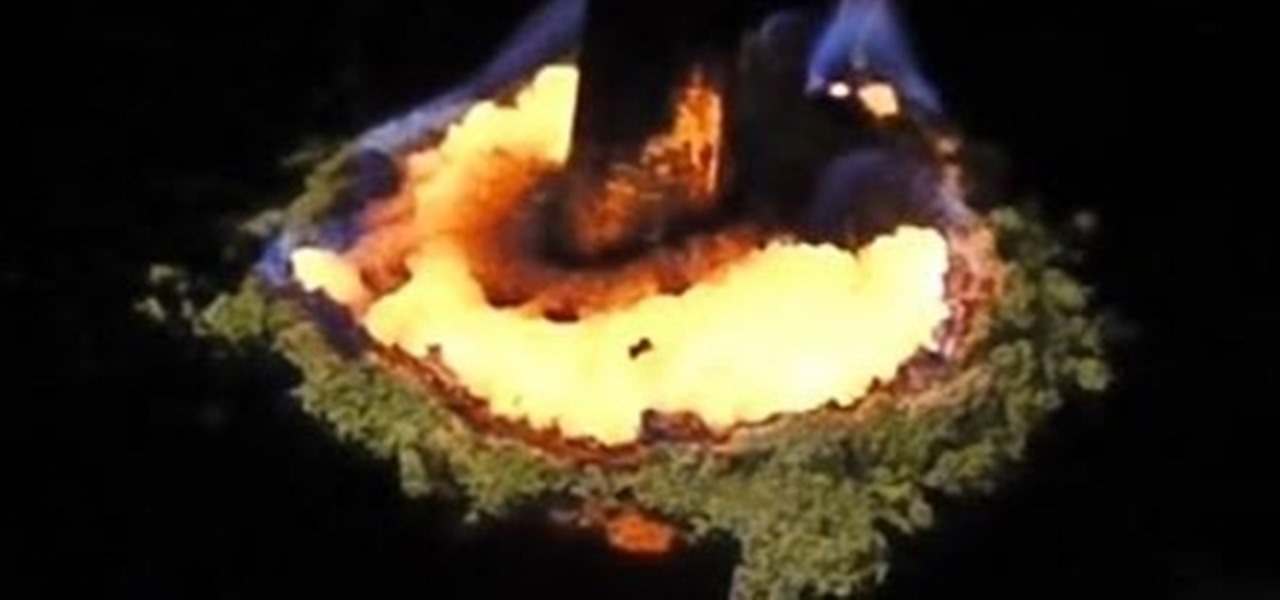
How To: Make iron sulfide with sulfur and iron
In this home-science how-to from Household Hacker, we learn how to create an exothermic reaction by combining sulfur with iron, producing iron sulfide in the process. For all of the details, including step-by-step instructions, as well as to see what happens when these two elements meet, watch this video guide.
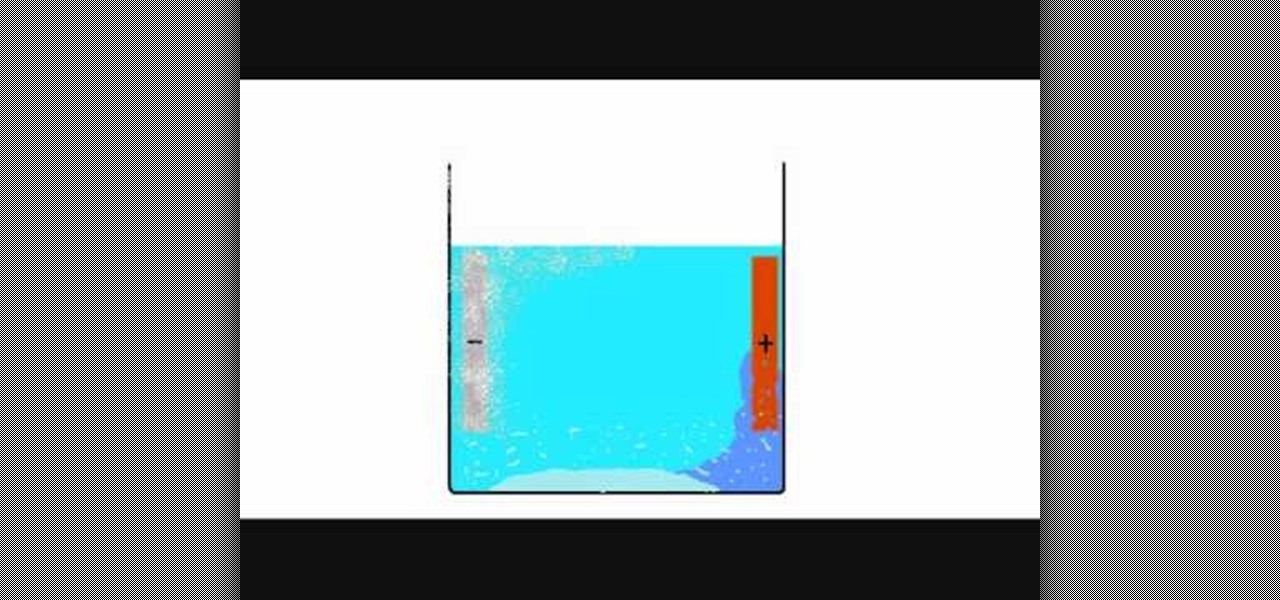
How To: Make copper hydroxide Cu(OH)2 with copper metal
In this home-science how-to, we learn how to synthesize copper hydroxide Cu(OH)2 using copper metal and the electro-chemical approach. For detailed, step-by-step instructions, and to get started making your own copper hydroxide, watch this video guide form YouTube user sciencoking.
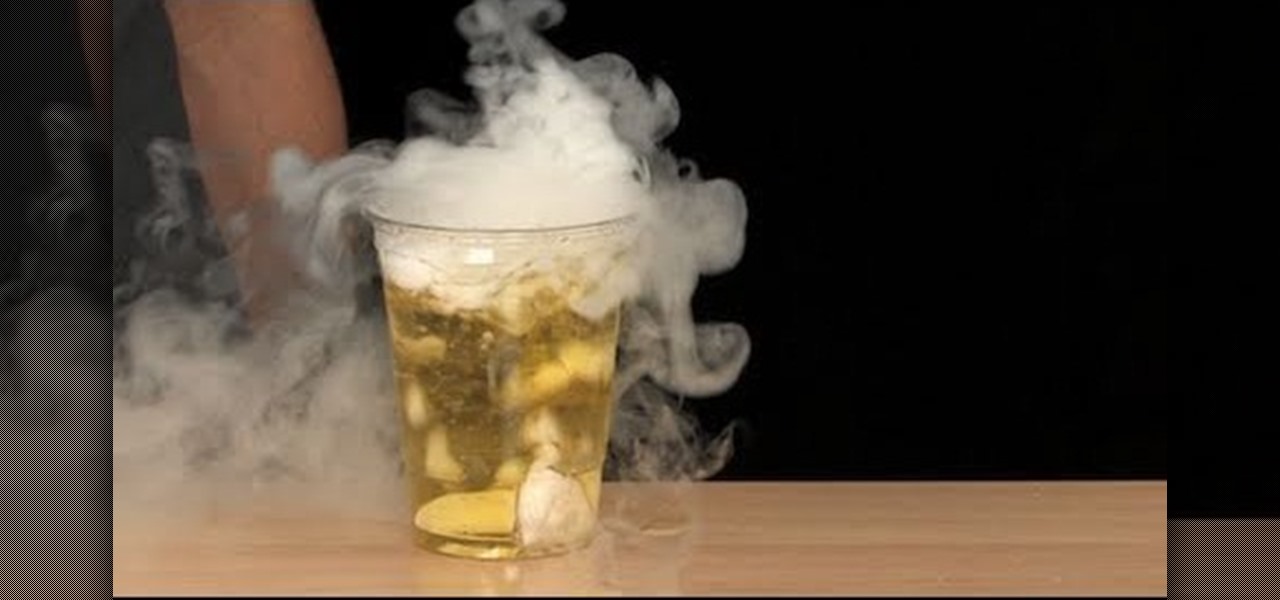
How To: Make bubbling acid with ammonia and dry ice
In the mood for a little mad science? In this home-science how-to from Steve Spangler, we learn how to prepare a bubbly, color-changing concoction using water, ammonia, a universal indicator (cabbage juice will do fine), dry ice, gloves and two plastic cups. Now, repeat the process, this time adding a teaspoon of ammonia when you add your universal pH indicator.

How To: Extract the black tarry substance from 400 cigarettes
Everyone told you that smoking was bad for you, but sometimes it takes a visual lesson to finally quit smoking tobacco products.
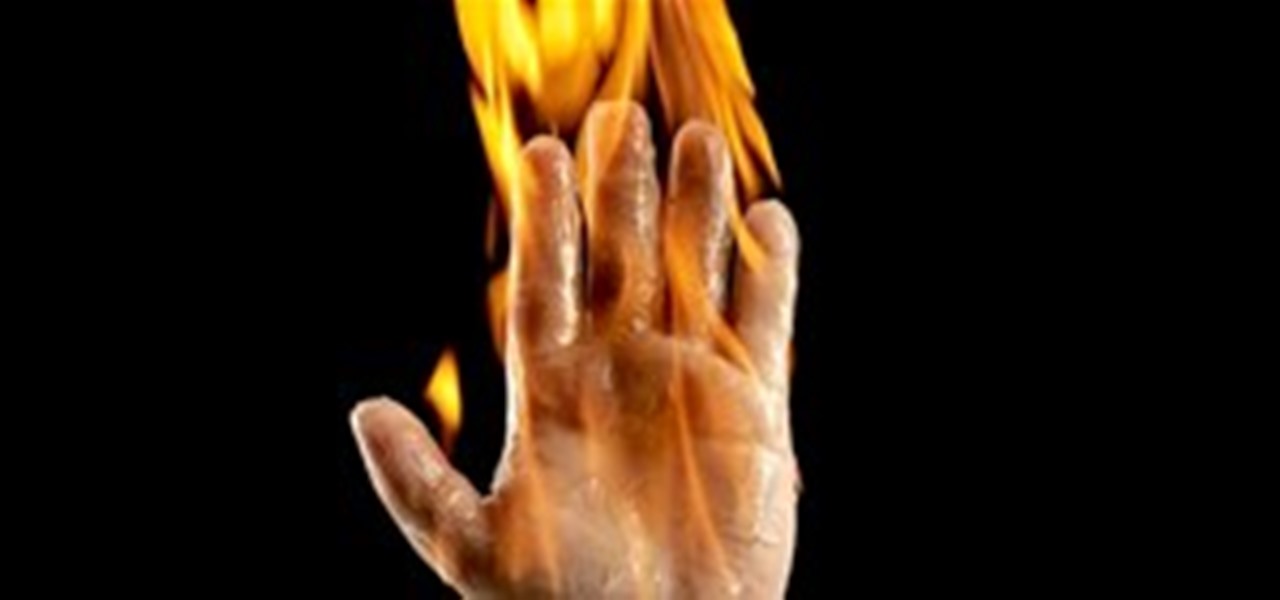
Do Not Try This At Home: The Human Torch
PopSci's Gray Matter demonstrates again and again what the layman should absolutely Not Try at Home. Which is precisely what makes Gray's experiments so fun. Remember when the mad scientist fully submerged his hand in liquid nitrogen? Today's demonstration also plays with what is (quite reasonably) assumed to be extremely dangerous and painful: torching the human hand.
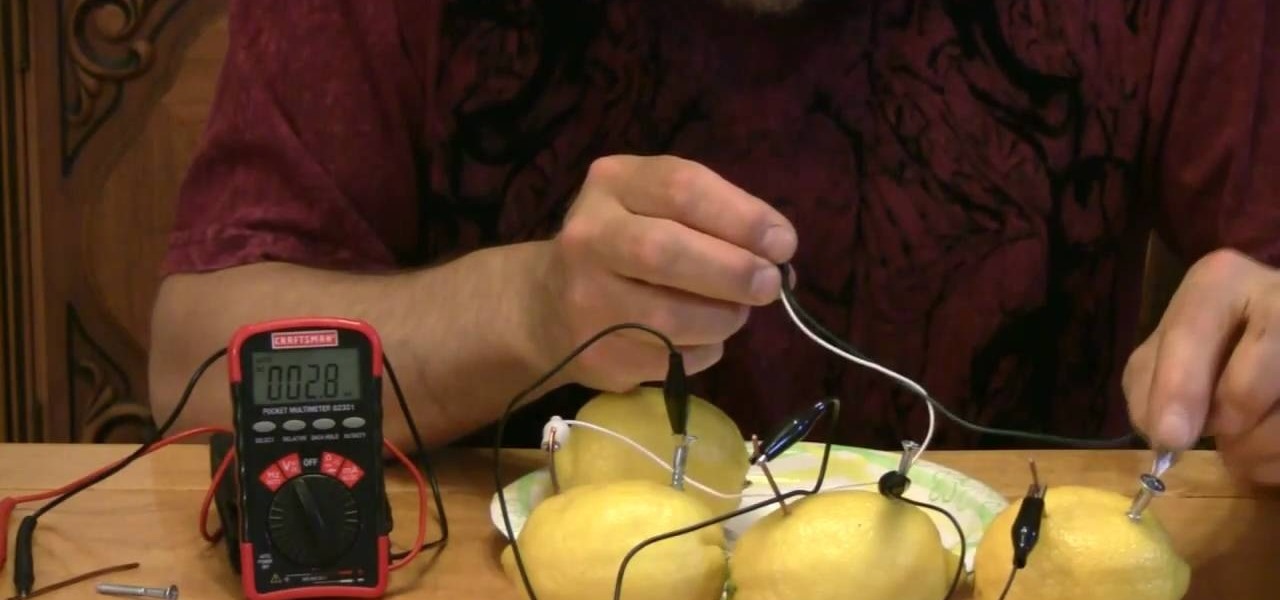
How To: Power an electronic device with a lemon
This free video science lesson from Mr G. demonstrates a simple technique for creating a lemon battery. For all of the relevant details and detailed, step-by-step instructions, as well as to get started trying this experiment yourself, watch this home-science how-to.
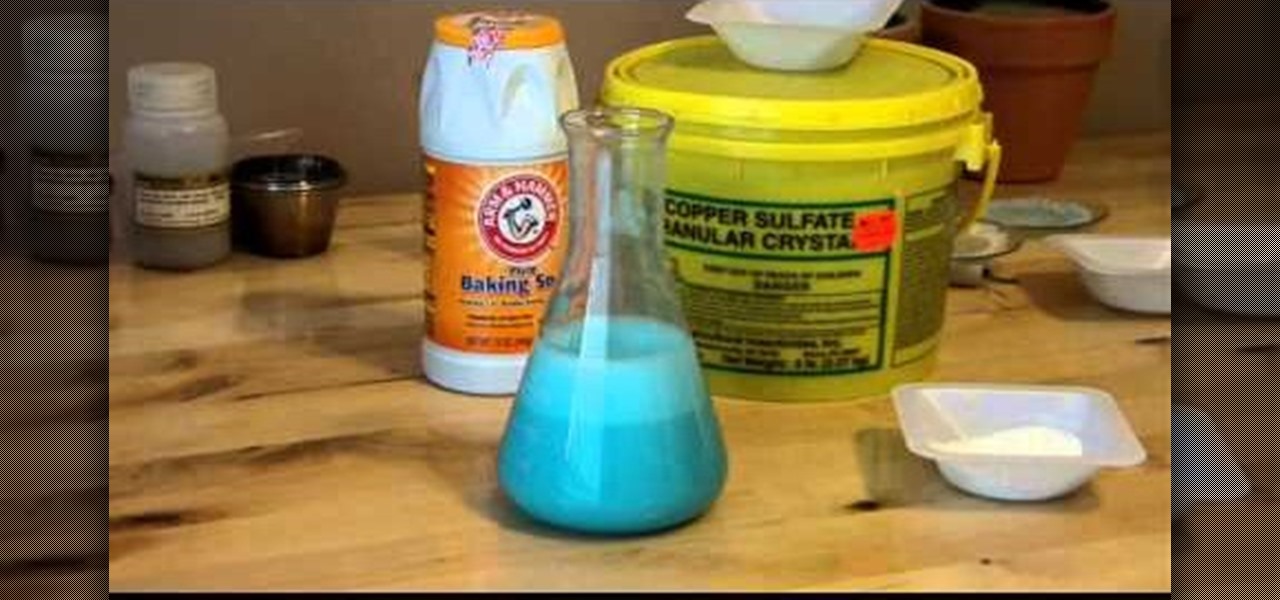
How To: Make copper metal from copper sulfate
This free video science lesson from the Home Scientist demonstrates a simple technique for creating ammonium chloride from hydrochloric acid and ammonia. For all of the relevant details and detailed, step-by-step instructions, as well as to get started trying this experiment yourself, watch this home-science how-to.
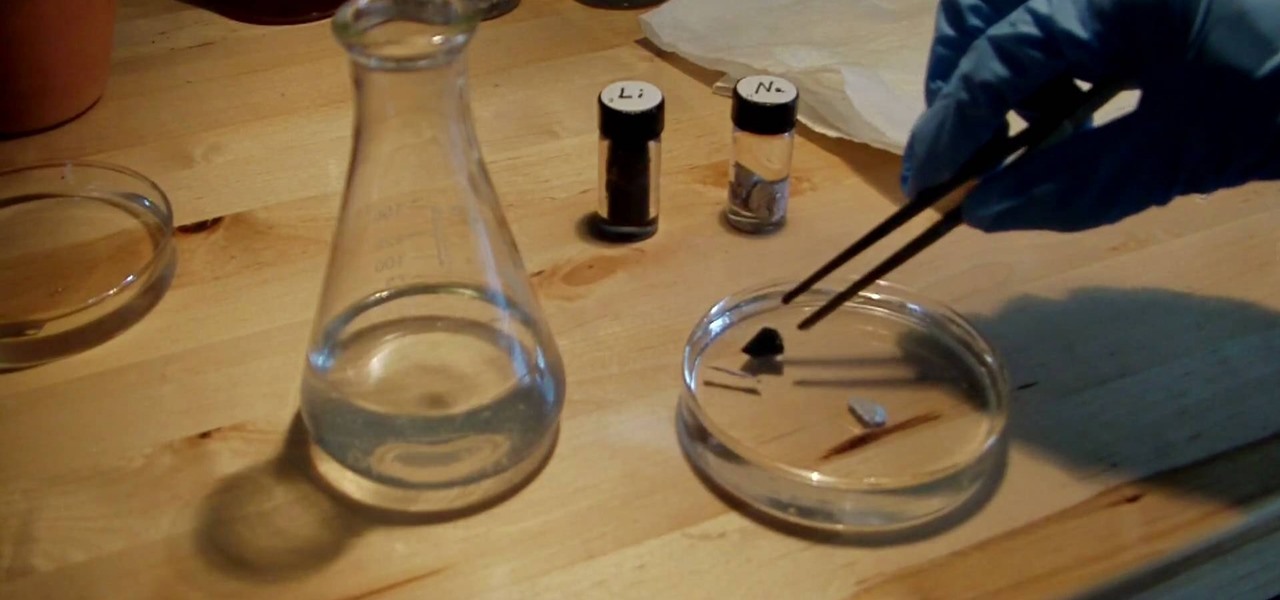
How To: Compare the radioactivity of lithium and sodium
This free video science lesson from the Home Scientist demonstrates a simple technique for comparing the radioactivity of lithium and sodium. For all of the relevant details and detailed, step-by-step instructions, as well as to get started trying this experiment yourself, watch this home-science how-to.
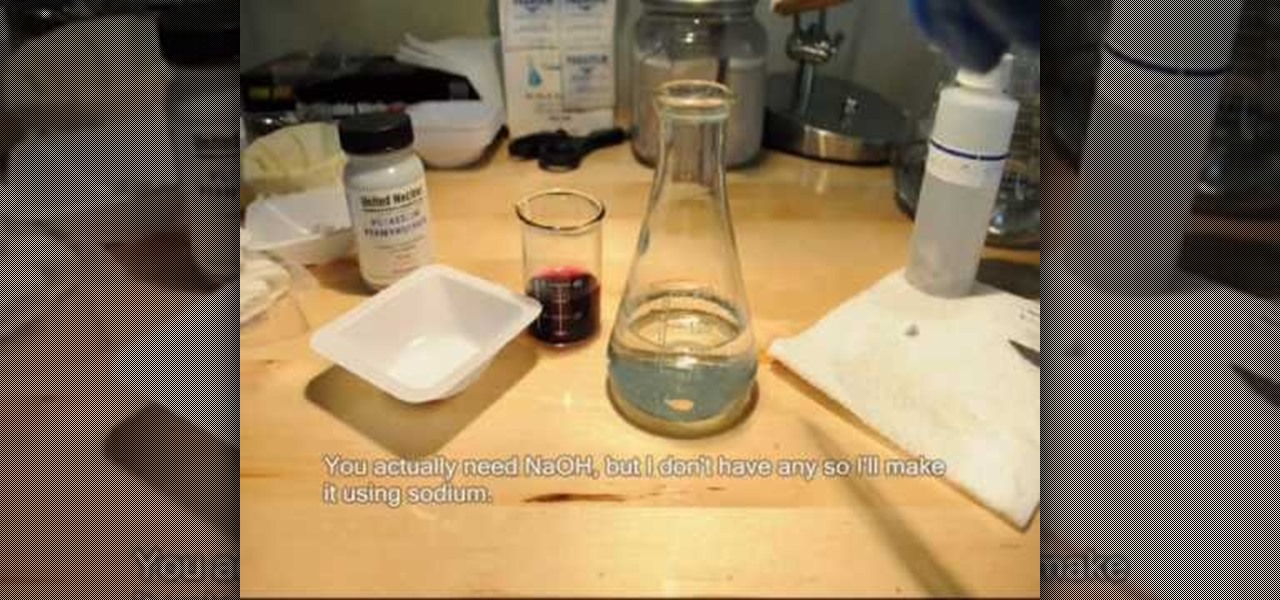
How To: Make a color-changing solution with potassium permanganate & sodium hydroxide
This free video science lesson from the Home Scientist demonstrates a simple technique for creating a color-changing solution with sodium permanganate, sodium hydroxide and sugar. For all of the relevant details and detailed, step-by-step instructions, as well as to get started trying this experiment yourself, watch this home-science how-to.
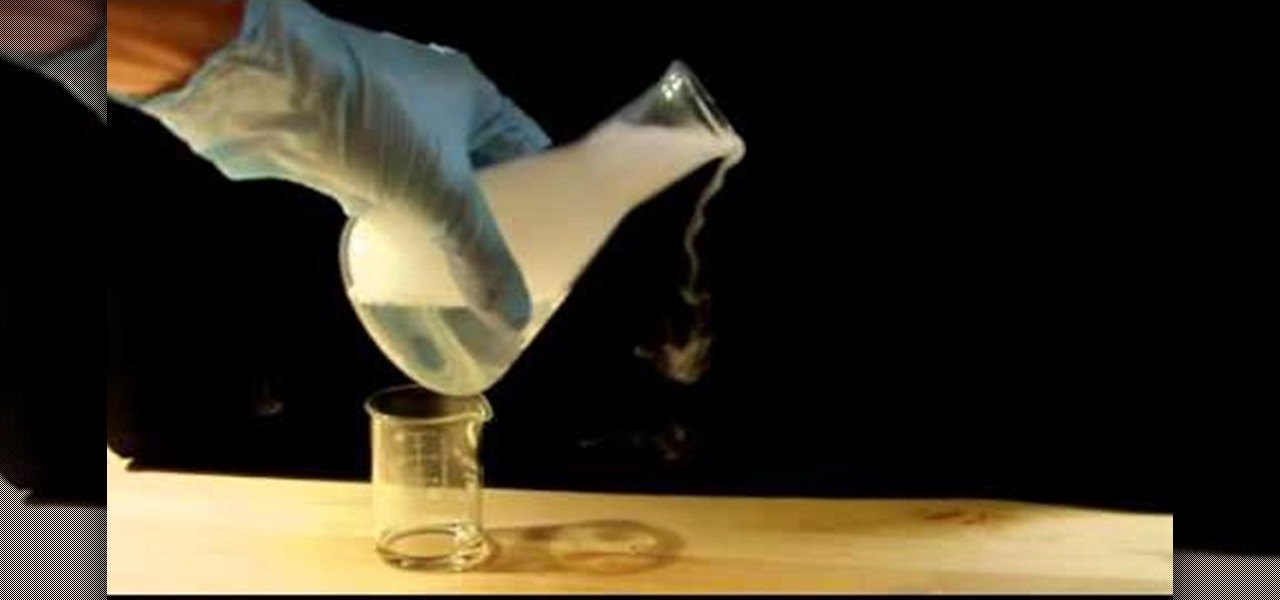
How To: Make ammonium chloride from hydrochloric acid and ammonia
This free video science lesson from the Home Scientist demonstrates a simple technique for creating ammonium chloride from hydrochloric acid and ammonia. For all of the relevant details and detailed, step-by-step instructions, as well as to get started trying this experiment yourself, watch this home-science how-to.
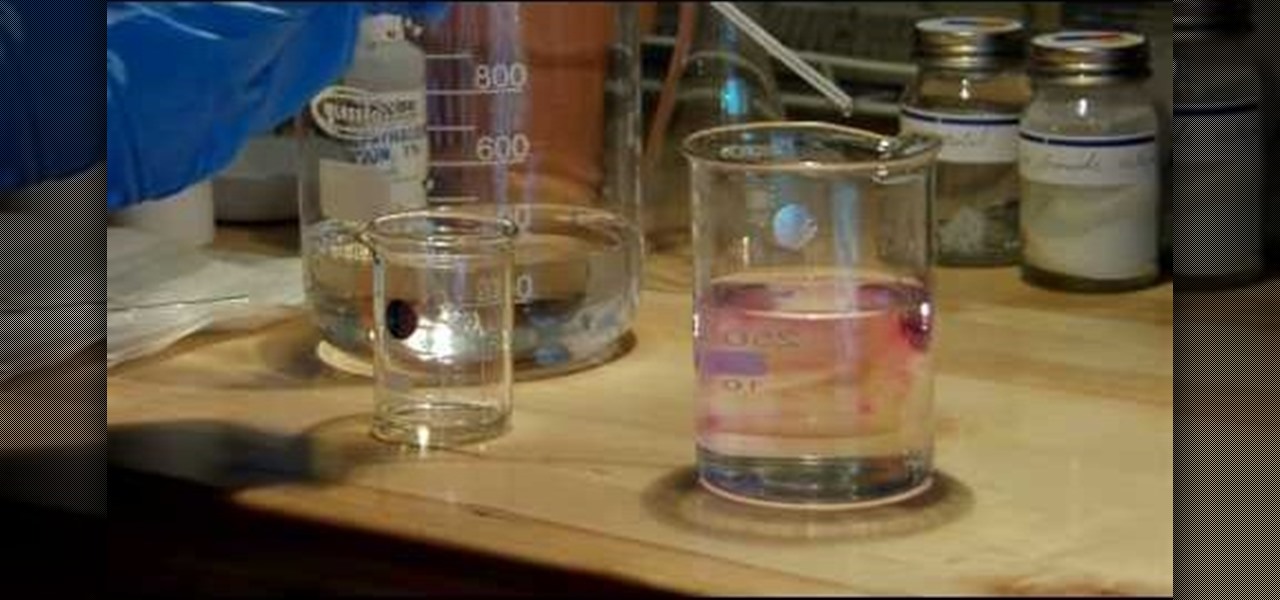
How To: Perform an acid-base titration with hydrochloric acid
This free video science lesson from YouTube's mrhomescientist demonstrates a simple technique for doing acid-base titration. For all of the relevant details and detailed, step-by-step instructions, as well as to get started trying this experiment yourself, watch this home-science how-to.
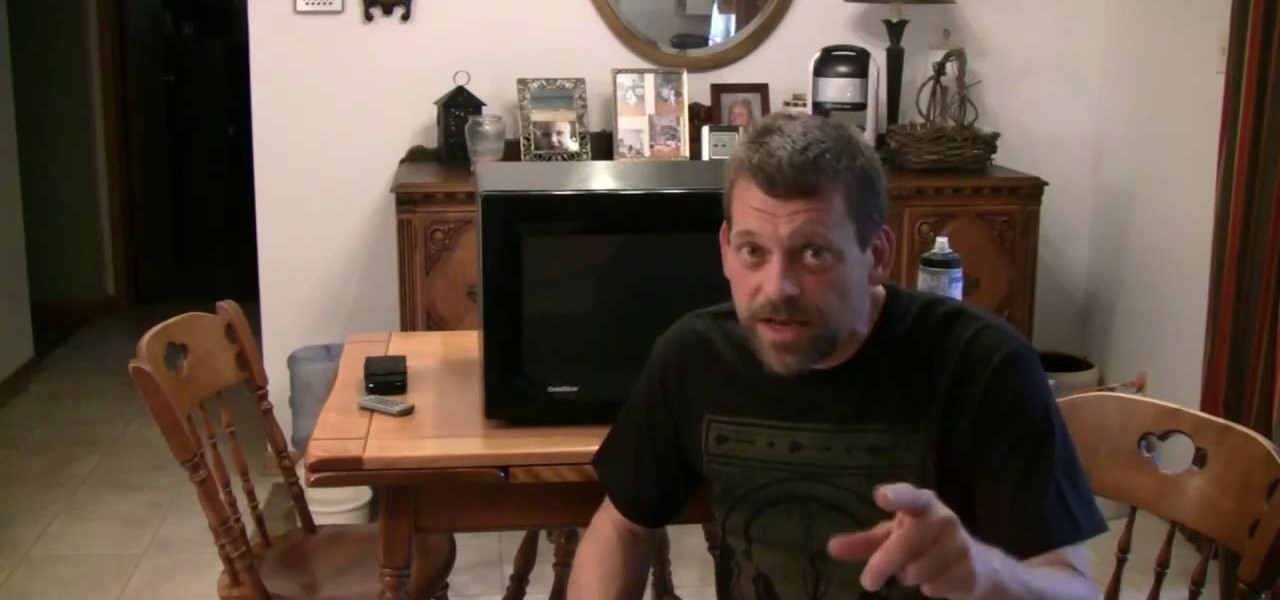
How To: Generate a cloud with Ivory soap with a simple home-science project
This free video science lesson from YouTube's Mindpaint demonstrates a simple technique for creating a soap cloud. For all of the relevant details and detailed, step-by-step instructions, as well as to get started trying this experiment yourself, watch this home-science how-to.
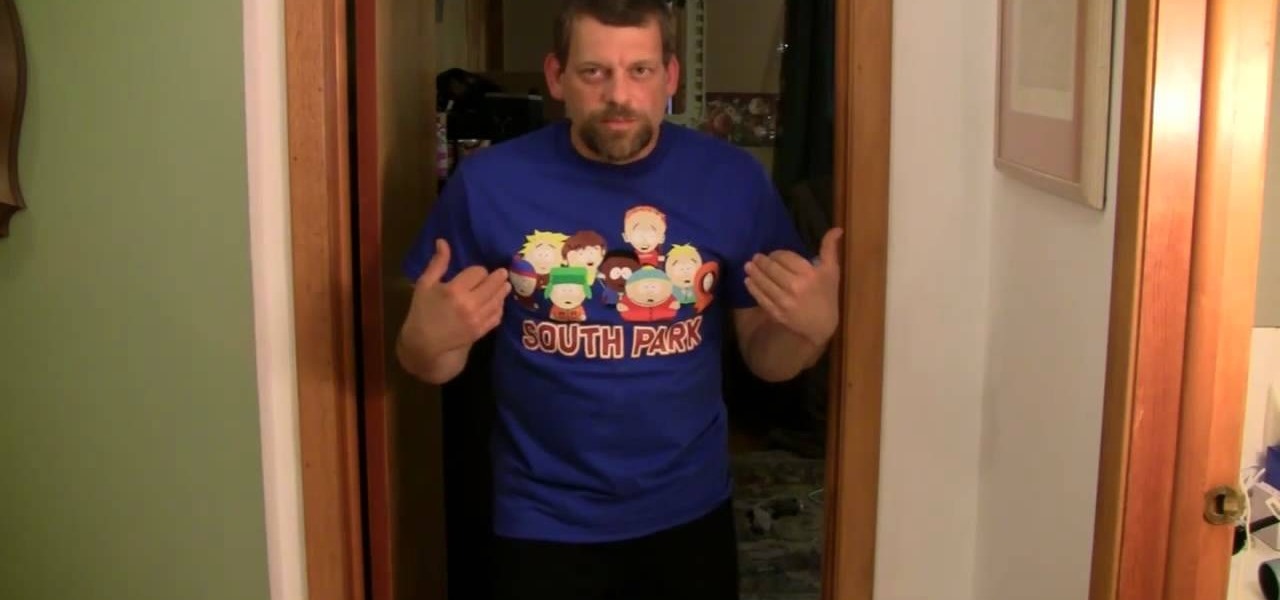
How To: Trick your body into thinking your arms are full of helium
This free video science lesson from YouTube's Mindpaint demonstrates a simple technique for making your arms feel as though they're lighter than air. For all of the relevant details and detailed, step-by-step instructions, as well as to get started trying this experiment yourself, watch this home-science how-to.
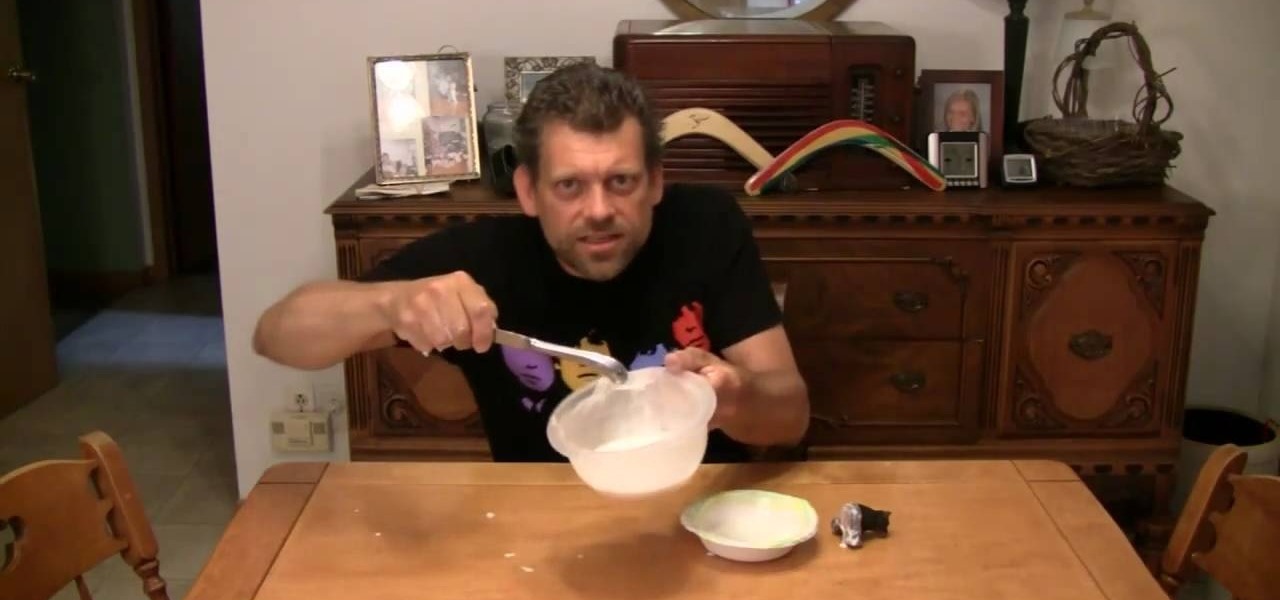
How To: Make a non-Newtonian fluid with water and corn starch
This free video science lesson from YouTube's Mindpaint demonstrates a simple technique for creating a non-Newtonian fluid with a presure-variable viscosity. For all of the relevant details and detailed, step-by-step instructions, as well as to get started trying this experiment yourself, watch this home-science how-to.
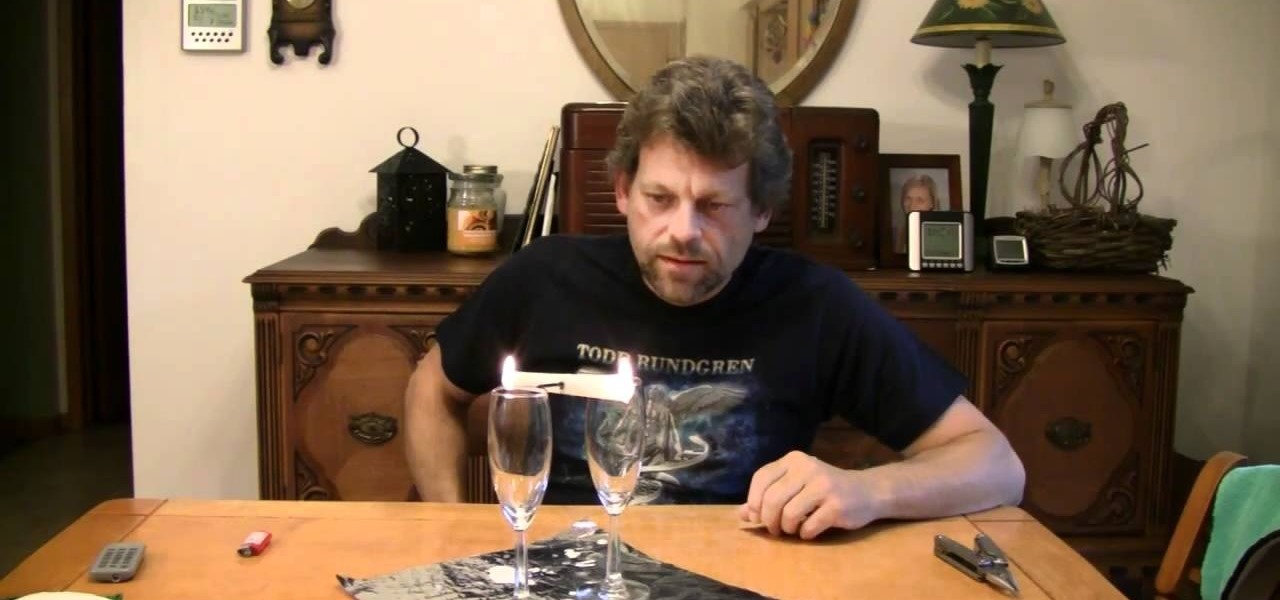
How To: Build a simple fire motor with wine glasses and a candle stick
This free video science lesson from YouTube's Mindpaint demonstrates a simple technique for creating a "fire motor" with a pair of wine glasses and a candle stick. For all of the relevant details and detailed, step-by-step instructions, as well as to get started trying this experiment yourself, watch this home-science how-to.

How To: Make a tornado in a bottle with a simple home science experiment
This free video science lesson from YouTube's Mindpaint demonstrates a simple technique for creating a tornado within a soda bottle. For all of the relevant details and detailed, step-by-step instructions, as well as to get started trying this experiment yourself, watch this home-science how-to.
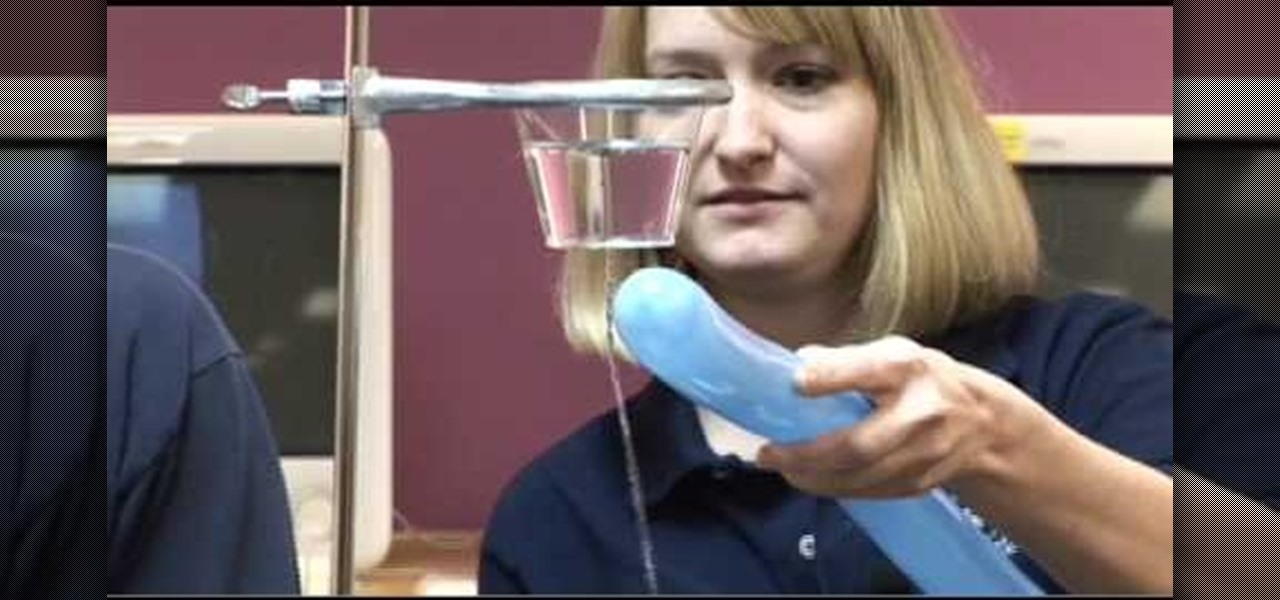
How To: Prove that water molecules are polar with a home-science experiment
This free video science lesson from Jefferson Lab demonstrates a simple technique for demonstrating the polarity of the water molecules. For all of the relevant details and detailed, step-by-step instructions, as well as to get started trying this experiment yourself, watch this home-science how-to.
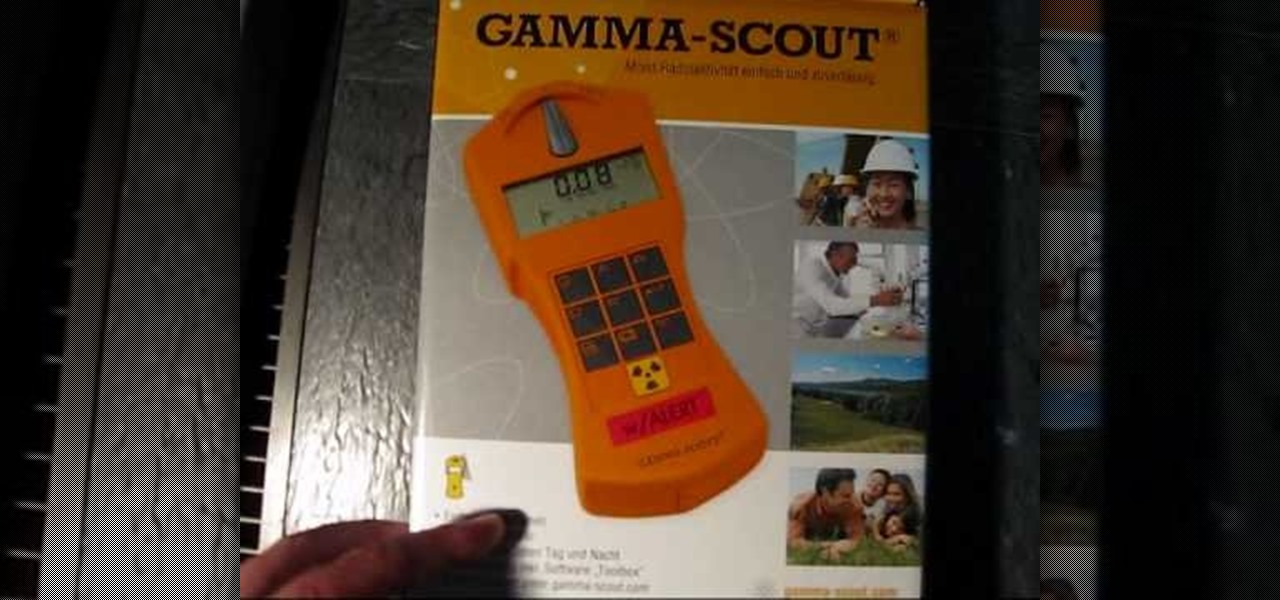
How To: Use a handheld GAMMA-SCOUT Geiger counter radiation detector and dosimeter
This free video science lesson from YouTube's bionerd23 demonstrates ahow to use a GAMMA-SCOUT Geiger counter radiation detector. For all of the relevant details and detailed, step-by-step instructions, as well as to get started using your own GAMMA-SCOUT Geiger counter, watch this home-science how-to.
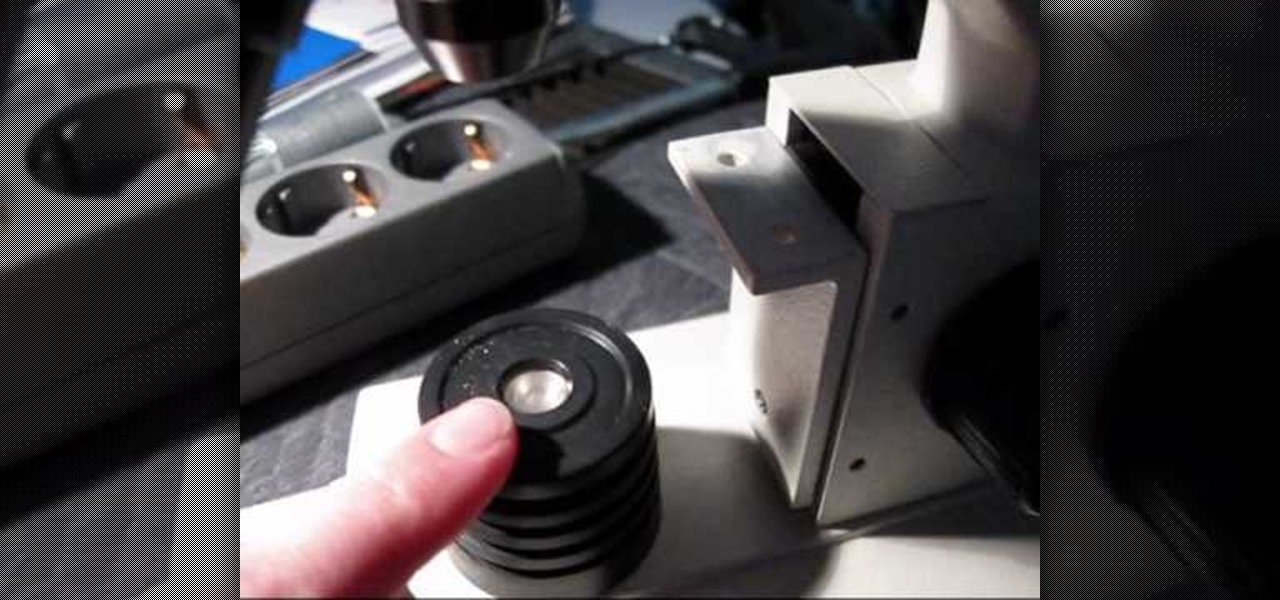
How To: Mod a Bresser Biolux NG or AL microscope to view larger objects
This free video science lesson from YouTube's bionerd23 demonstrates a simple technique for modding a Bresser Biolux NG or Bresser Biolux AL microscope to view larger objects like minerals. You'll also learn how to mod your microscope to allow you to take pictures and shoot video through it. For all of the relevant details and detailed, step-by-step instructions, watch this home-science how-to.
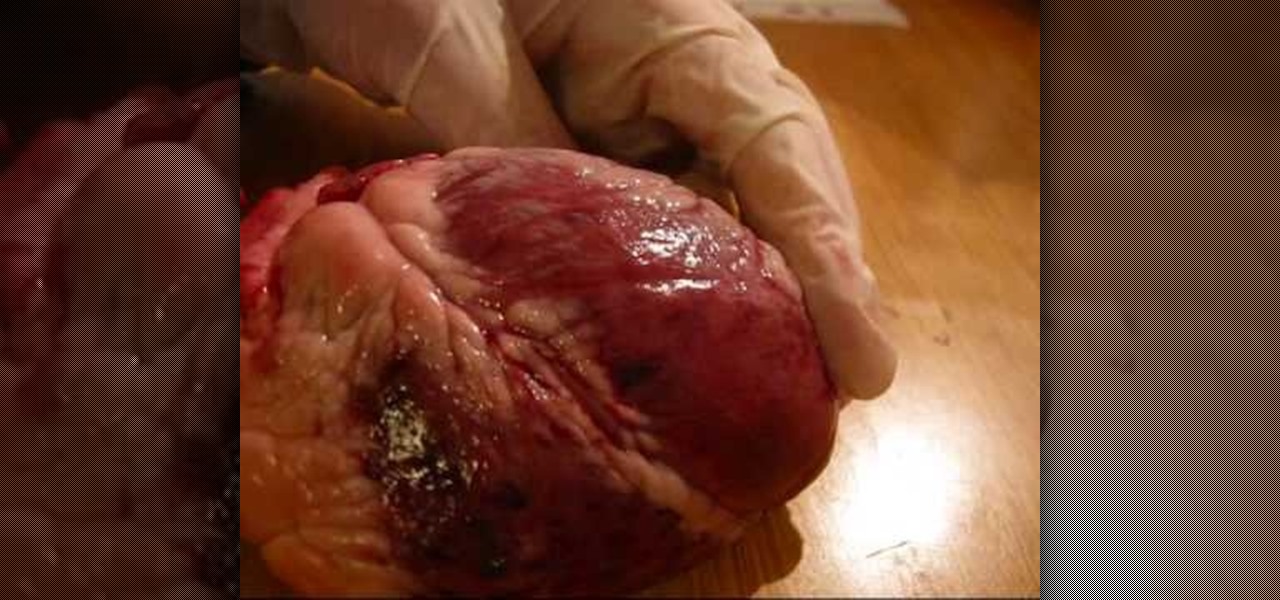
How To: Compare a human heart with a sheep's heart
This free video science lesson from YouTube's bionerd23 presents an overview of the similarities between the human heart and that of a regular sheep. For all of the relevant details and detailed overview of the similarities and differences, watch this home-science how-to.
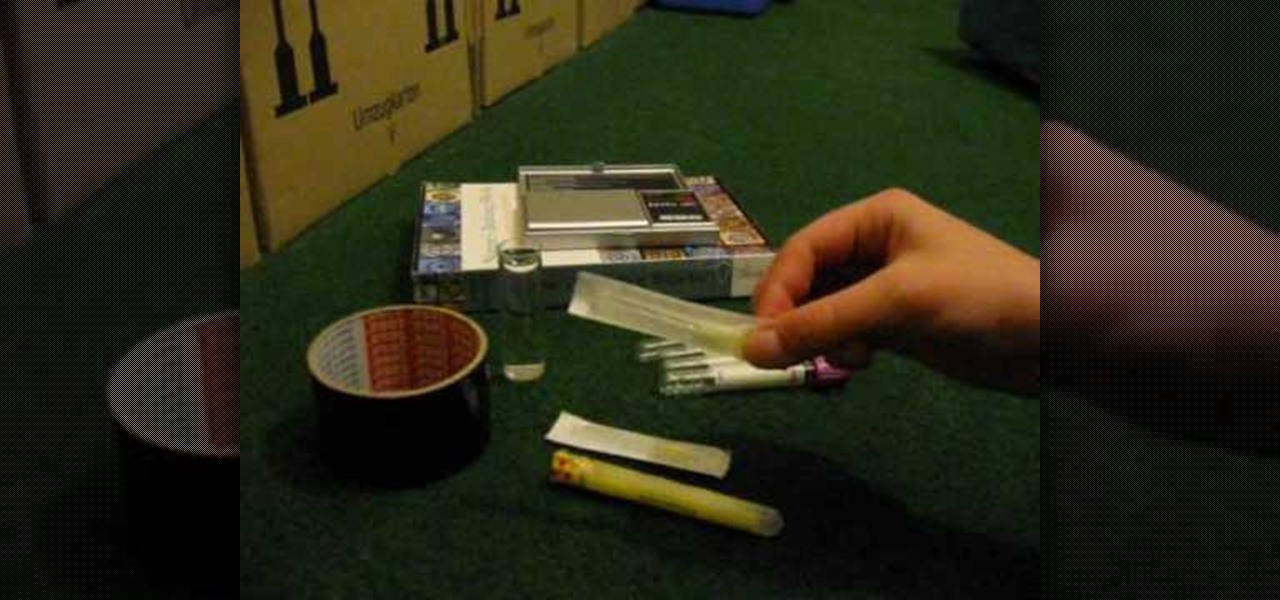
How To: Move gas from a balloon into a secondary airtight container
This free video science lesson from YouTube's bionerd23 demonstrates a simple technique for moving gas from a balloon into a secondary airtight container. For all of the relevant details and detailed, step-by-step instructions, as well as to get started trying this experiment yourself, watch this home-science how-to.
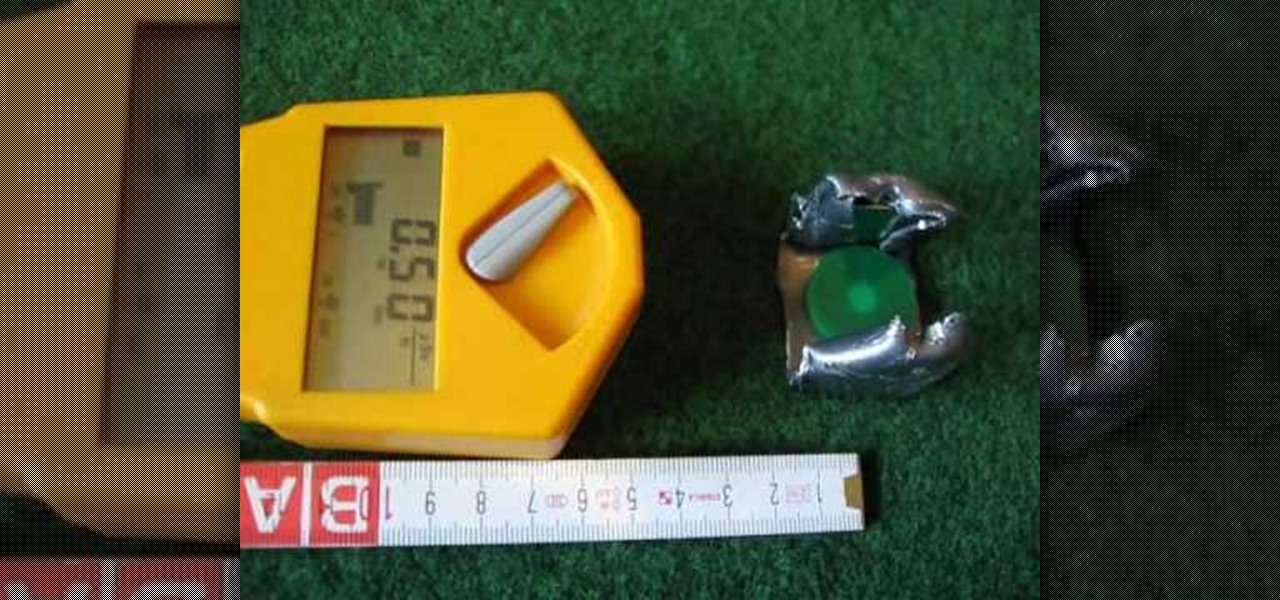
How To: Deflect ionizing radiation with super magnets
This free video science lesson from YouTube's bionerd23 demonstrates a simple technique for deflecting ionizing radiation through use of super magnets. For all of the relevant details and detailed, step-by-step instructions, as well as to get started trying this experiment yourself, watch this home-science how-to.
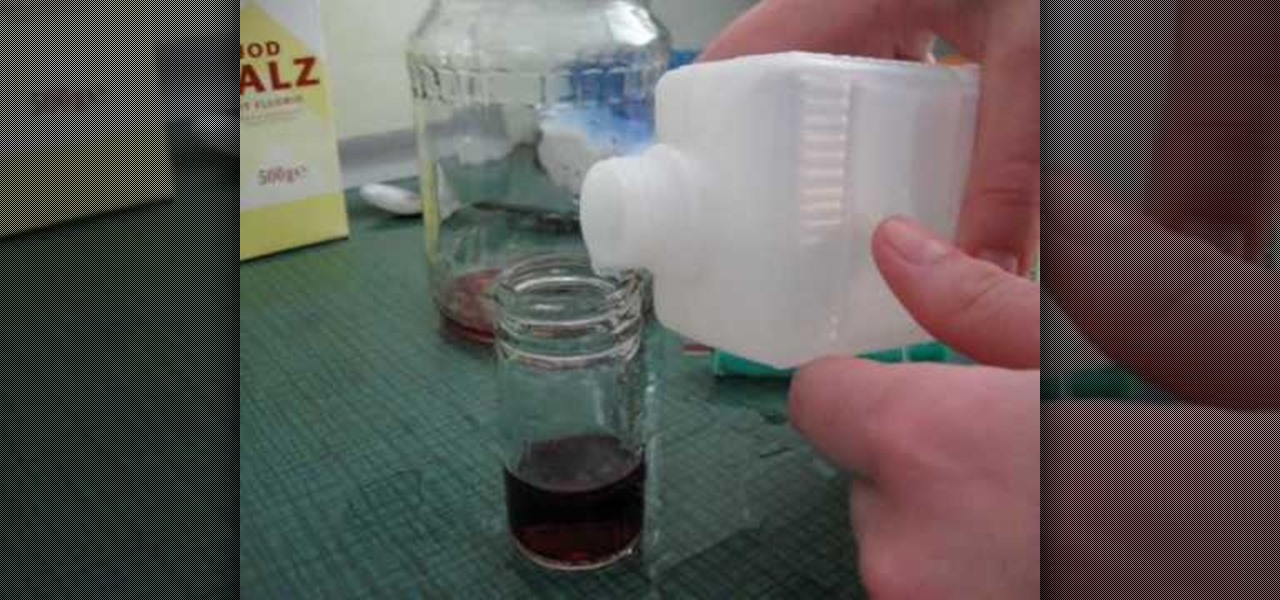
How To: Extract your own DNA with a simple home science project
This free video science lesson from YouTube's bionerd23 demonstrates a simple technique for extracting one's own DNA. For all of the relevant details and detailed, step-by-step instructions, as well as to get started trying this experiment yourself, watch this home-science how-to.







